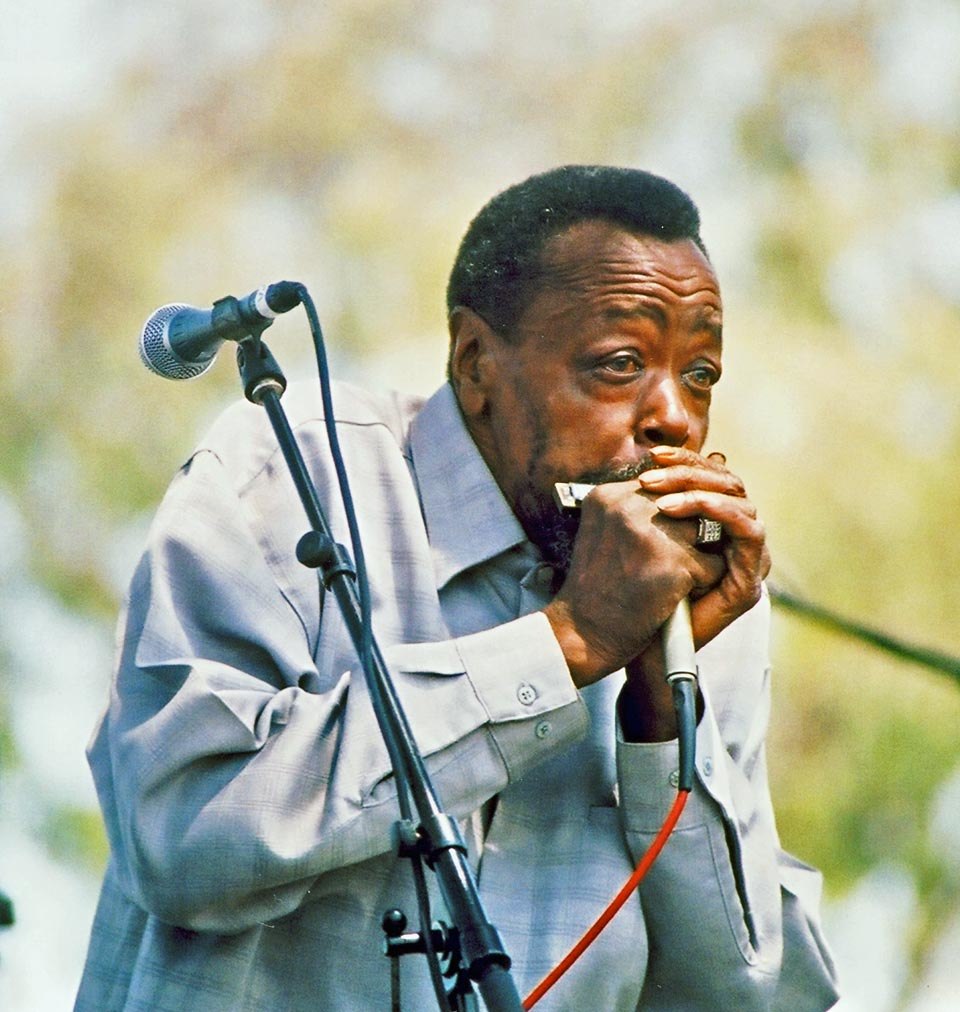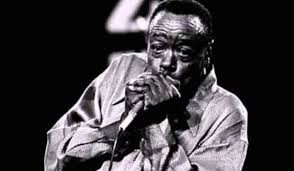Carey Bell: The Soulful Sound of the Chicago Blues Harp
Carey Bell, born Carey Bell Harrington on November 14, 1936, in Macon, Mississippi, was one of the most respected blues harmonica players of the 20th century. A true master of the Chicago blues style, Bell brought emotional depth and technical brilliance to the blues harmonica, blending the raw power of Southern roots with the electrified energy of Chicago’s urban scene.
Early Life and Musical Influences
Growing up in the segregated South, Carey Bell was exposed to music at an early age. His love for the blues was nurtured by the records of Sonny Boy Williamson I (John Lee Williamson), whose harmonica style inspired the young Carey to take up the instrument at just eight years old. Though he initially wanted to play the saxophone, economic hardship prevented him from affording one, so he turned to the harmonica—a decision that would shape the rest of his life.
Bell began performing locally while still a teenager, gaining a reputation for his skill and deep feeling. His early playing was heavily rooted in the acoustic blues traditions of Mississippi, but as he sought more opportunities, he looked northward to Chicago—the epicenter of modern electric blues.
Chicago and the Big Leagues
In 1956, at the age of 19, Carey Bell moved to Chicago, joining thousands of other Southern African Americans seeking work and a better life. In the Windy City, Bell found not only economic opportunity but also the heart of the electrified blues scene. There, he immersed himself in the city’s vibrant music culture, studying under the great harmonica innovator Little Walter and learning bass guitar under the guidance of Hound Dog Taylor.
Carey’s talent soon landed him gigs with some of the biggest names in Chicago blues. He played with the likes of Muddy Waters, Willie Dixon, Earl Hooker, and Lowell Fulson, cementing his place in the blues world. His work with Muddy Waters was particularly influential, and he became one of Waters’ go-to sidemen during the late 1960s.
Solo Career and Recording Legacy
Carey Bell launched his solo career in earnest in the late 1960s. His debut album, Carey Bell’s Blues Harp, was released in 1969 on Delmark Records and showcased his powerful, soulful harmonica style. Over the years, he recorded for a number of influential blues labels, including Alligator Records, Blind Pig, and JSP.
Bell’s albums such as Heartaches and Pain (1994), Deep Down (1995), and Good Luck Man (1997) are widely acclaimed for their authentic, gritty sound and heartfelt performances. He also recorded Harp Attack! in 1990 alongside fellow harmonica legends Junior Wells, James Cotton, and Billy Branch—a landmark album that highlighted his prowess among the genre’s elite.
Bell’s music was marked by its emotional sincerity, expressive phrasing, and deep connection to the blues tradition. Whether delivering a slow, aching ballad or an uptempo shuffle, Bell’s harmonica spoke volumes, telling stories of hardship, resilience, and hope.
Mentor and Father
In addition to his musical legacy, Carey Bell played a crucial role in mentoring younger musicians. He passed his knowledge down to the next generation, including his son, Lurrie Bell, a talented guitarist and singer. The father-and-son duo frequently performed together, most notably on the 2004 album Second Nature, which captured their unique musical bond.
Later Years and Legacy
Carey Bell continued performing and recording until shortly before his death. Despite health challenges, he remained active in the blues community, appearing at festivals and clubs across the United States and Europe.
He passed away on May 6, 2007, in Chicago, Illinois, at the age of 70. His death marked the end of an era, but his music continues to inspire blues lovers and musicians worldwide.
Conclusion
Carey Bell’s life was a testament to the power of the blues as a form of expression and survival. From the dusty roads of Mississippi to the electric stages of Chicago, he carved out a place as one of the genre’s most respected harmonica players. His music lives on as a vibrant, soulful reminder of the blues’ enduring spirit and cultural significance.


No responses yet